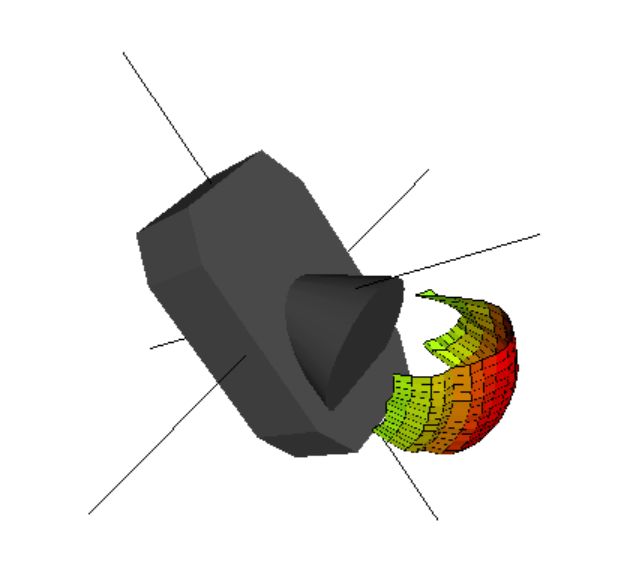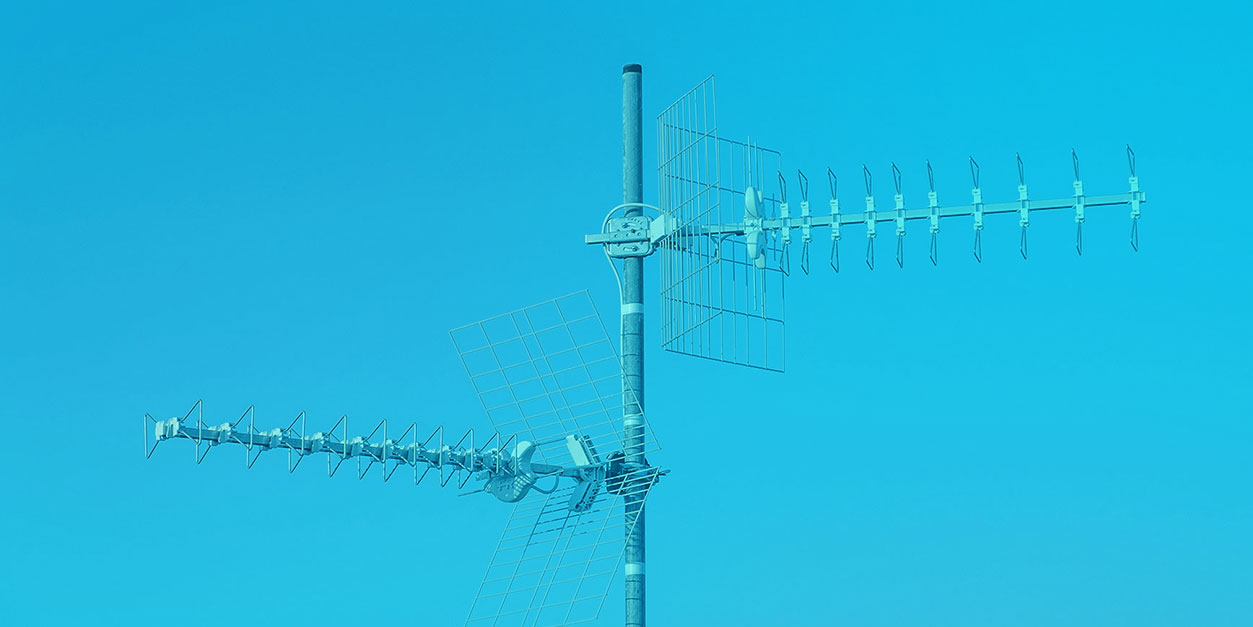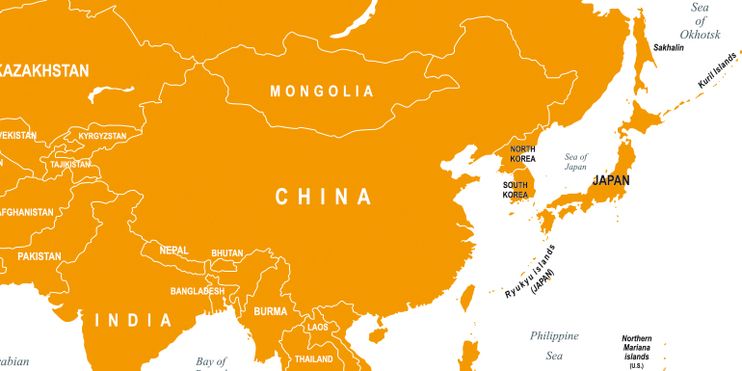3D measurements of radar beam shapes at CETECOM

The use of radar technology is common in many areas and industries. This applies not only to the automotive industry, but also to mechanical engineering or other industries in which large production or logistics areas are used, or where material parameters shall be measured.
Radar technology is being used for all kinds of distance measurements bat also for surveillance of larger or selected areas – e.g. in order to avoid collisions.
Distance sensors
- Collision control and distance monitoring
- Object detection and identification
- Height control and ground distance measurement
Area monitoring
- Underflow protection
- Access control
- Area monitoring and surveillance of pass ways and intersections
In the context of this application, the 79 GHz frequency range is of particular importance, because this frequency is used in car radar systems for collision avoidance There are different frequency ranges e.g. from 57-64 (71) GHz and 76-81 GHz, assigned for different applications. We at CETECOM meanwhile have experience with numerous applications at very different frequency ranges.
The challenge during the development is to know the exact shape of the radar beam in horizontal and vertical direction in order to be able to check if it corresponds to the design specifications and use case. For example, a car radar beam should only detect the car ahead in my lane – and not the tree at the side of the road. Therefore the measurement of the radar beam shape is important for development purposes.
The measurement technique of 3D radar beam shapes used by us is a special two-step procedure, which is not described in the standards in this particular way. After a full 3D measurement, a second, additional measurement is carried out in order to be able to measure the shape of the beam with a very fine angular resolution. This allows us not only to determine the beam width in vertical and horizontal direction, but also total radiated power, efficiency and antenna gain.

With this development-supporting test service we can help manufacturers of products early in the development phase and contribute to find the ideal performance for the product with radar technology.
If you have any further questions, please do not hesitate to contact us: https://cetecomadvanced.com/en/contact/
Additional details on the subject can also be found on our dedicated page about radar testing and automotive radar.







